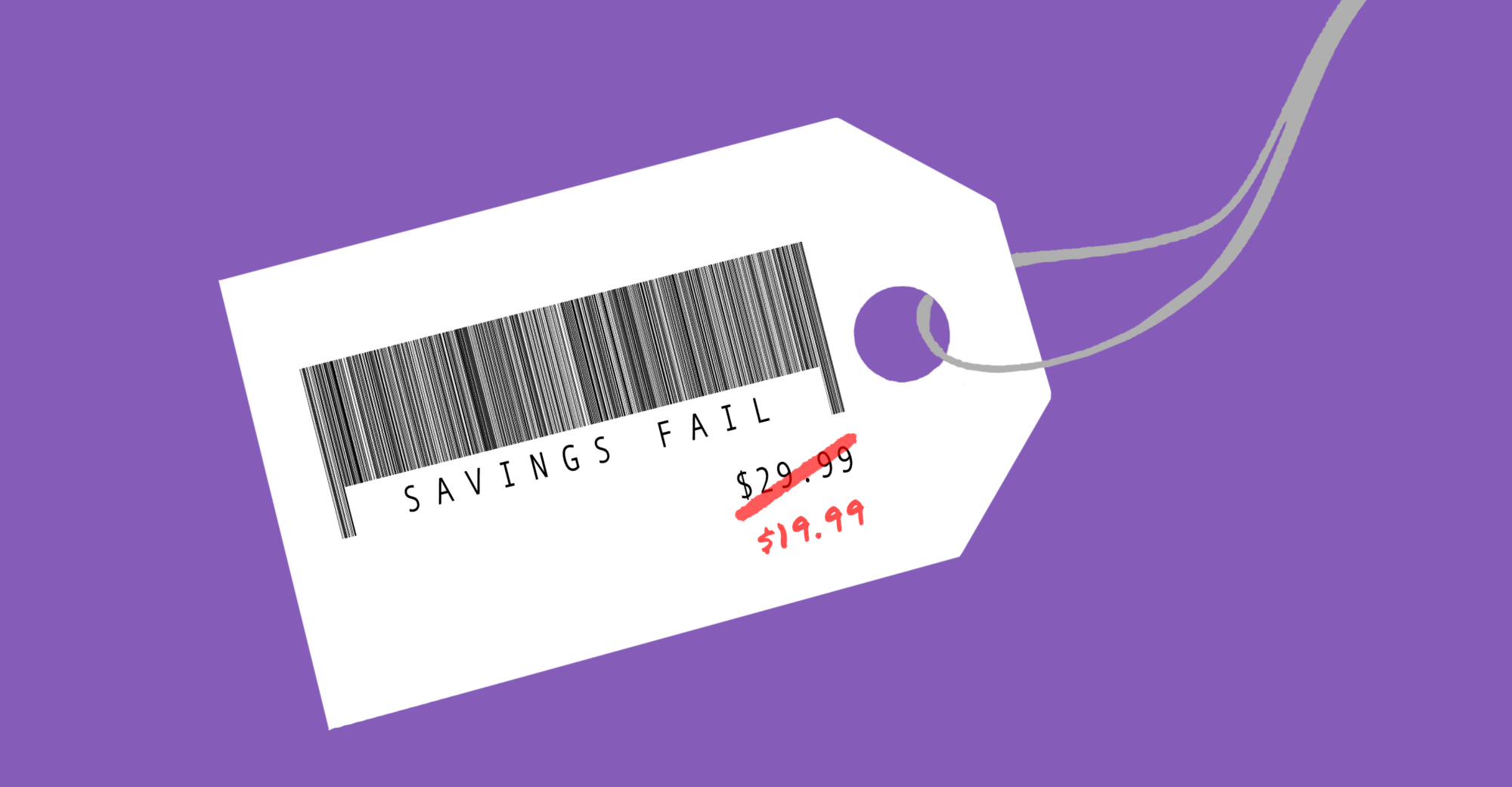
CATrends: Fake Reference Prices
The illusion of savings.
All is not what it seems for that item sold at a quarter of its retail price in a penny auction.
In the if-it-sounds-too-good-to-be-true-it-probably-is category, you can bet that all is not what it seems for that brand new computer advertised to have been sold for less than a quarter of its retail price in a penny auction.
Is it legit? How do they do it? The answer may surprise you. Yes, someone does actually win a computer at a bid price of $48.11, but there’s a catch. You have to pay to bid regardless of whether you end up winning or not, usually $1 per bid, and the bids can be in as low as penny increments. So let’s look at the example above for the HP ProBook that sold for at $48.11.
If each bid cost $1 and bids were accepted for one penny at a time, the auction site makes $100 for every $1 increase in the winning price. So how much did they make from the deal? $4811 for a computer that retails for $879! Depending on how much you bid, you could be making quite an investment with nothing to show for it if you lose. The worst part – unlike traditional auctions that have a set end time, most penny auctions are extended with every bid so even if an auction looks like it might end in a few minutes, it could actually drag on for HOURS. Great, so now you’ve wasted your time AND money!
In summary, when shopping for a computer or any other item, beware of “free” or “low cost” offers. Review any terms and conditions carefully and make sure you are comparing “apples to apples” by factoring in total costs including extra components, internet access costs, warranties and the like. Consider carefully any long-term commitments that you make – computer technology evolves quickly and can become obsolete before you know it
The illusion of savings.
Online retailer deceptively advertises members-only prices, TINA.org investigation finds.
Comparing the amount companies agree to pay to settle deceptive marketing charges with their annual revenue.


